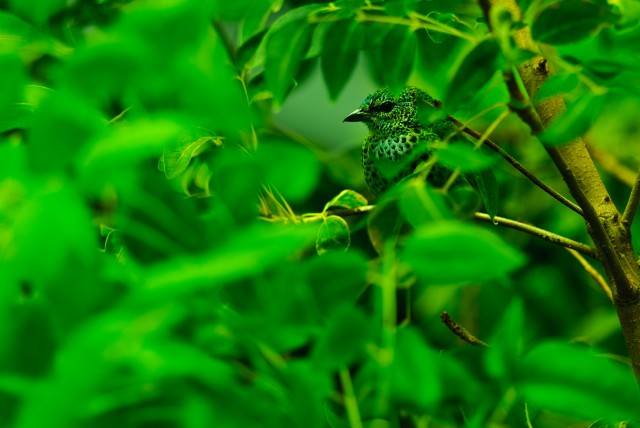Why tropical forests have more tree species than US and Canada combined
Ars Technica » Scientific Method 2014-01-06
One hectare of land in a tropical forest can hold 650 tree species—more than is found in all of Canada and the continental US. This has left biologists baffled for decades. Now, with advances in data analysis, Phyllis Coley and Thomas Kursar of the University of Utah may have finally found an explanation for how so many species can coexist in a relatively small area.
From a broad perspective, evolution of this sort of diversity is pretty simple. Successful species survive and reproduce depending on how readily they obtain resources. If two species are too similar in their use of resources, they would compete with each other—unless one evolves to use a different resource and exploits a niche that hasn’t been filled. However, in any environment, niches are limited, which is why the diversity in a tropical forest is unlikely to be explained by the exploitation of niches alone.
The competition for niches is shaped by species’ interactions with the environment, which includes both abiotic elements (climate, water, soil, and such) and biotic elements (in other words, other species). Tropical forests have stable abiotic environments, so Coley and Kursar concluded that it must be the biotic interactions that explain the extraordinary diversity in these forests.
Read 13 remaining paragraphs | Comments
